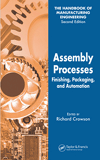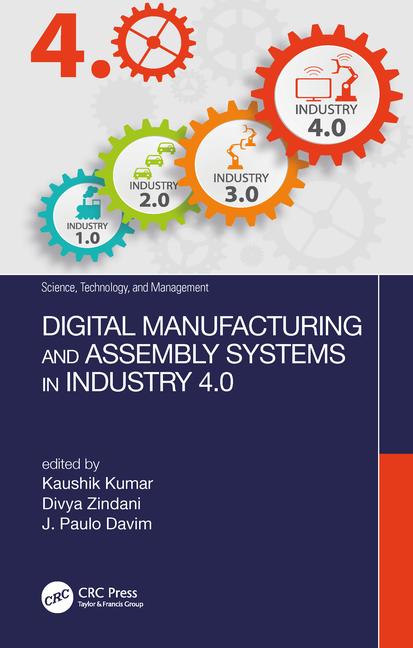Assembly In Action: Servomotor Helps Hone Bore Finishing System

To enhance machine
simplicity, the Drive-Cliq cable between the Sinamics S110 drive and motor
provides automatic configuration as well as the feedback of the servo system.
Photo courtesy Bernard and Co.
For many years, OEM Sunnen has designed customized, high-end bore sizing and finishing systems. In 2008, the company decided to expand its platform to include honing equipment for resurfacing and repairing hydraulic cylinders.
In 2009, Sunnen developed a large-bore horizontal honing system. Called the HTA tube hone, it is the first all-electric tube hone created specifically for repairing actuators in construction, mining, farming and forestry equipment.
It was an evolutionary decision, says Carl Mik, product design engineer, but it presented both immediate and long-term challenges. The immediate problem was the system’s high cost. The long-term problem was how to evolve the company’s technology platform while maintaining its competitive advantages in system design, manufacturing and service efficiency.
“When we went into this, the costs were not in line with the envisioned spec,” Mik recalls. “The stroker would be an AC motor, and the spindle would be an AC motor. We wanted some sort of encoder on the AC motor for the stroker to hold relative position; and then we wanted a touch-screen display. The costs were becoming prohibitive.”
An early breakthrough came when Sunnen learned that Siemens could offer a basic performance servomotor with resolver feedback for the price of an AC motor. Sunnen also knew of Siemens’ mutual interest in the possibilities of new servo-based systems design and that Siemens’ global support capability fit well with Sunnen’s growth strategy. For these reasons, Siemens was the logical resource, says Russ Jacobsmeyer, Sunnen’s chief technology officer.
In August and September 2008, Mik became aware of the scope of the new system’s engineering problem. “I put a prototype system together and the biggest issue I found was spindle response time, due to delays in signals between the display, PLC, and a servo and general-purpose drive,” says Mik. “We had 300 milliseconds altogether, which may be acceptable from the standpoint of introducing a basic system at a basic system cost, but it was unacceptable for our application.”

Sunnen’s new bore sizing
and finishing system is capable of making back and forth strokes under 0.015
inch. Graphic courtesy Bernard and Co.
Mik says the new basic servo positioning package gave Sunnen an unexpected level of performance for basic machine development. The drive and display not only reduced components-they also allowed Sunnen to stay in line with their migration to a single platform on the Sinamics family of drives.
“If you think about trying to stop an AC induction motor to do stroking back and forth, it’s pretty difficult,” he says. “Even when applying dynamic braking and braking resistors, traditionally acceptable reversals on a tube-hone machine are around a quarter-inch repeatability. But our tests show the new system is achieving under 0.015 inch, and this is a low-cost system.”
Mik explained that the key components of the new system are an easily programmable soft PLC and distributed motion control. To enhance machine simplicity, the Drive-Cliq cable between the drive and motor provides automatic configuration as well as the feedback of the servo system. Also, the touch screen makes the configuration and communication simple and straightforward.
“We have a color TFT display, we are programming everything with ease, and we can even automate the machine,” says Mik. “And spindle response time is down in the 25-millisecond range, instead of 300.”
For more information on servo positioning packages, call 800-879-8079 or visit www.usa.siemens.com/cnc.
For more information on honing systems, call 314-781-2100 or visit www.sunnen.com.
Looking for a reprint of this article?
From high-res PDFs to custom plaques, order your copy today!






